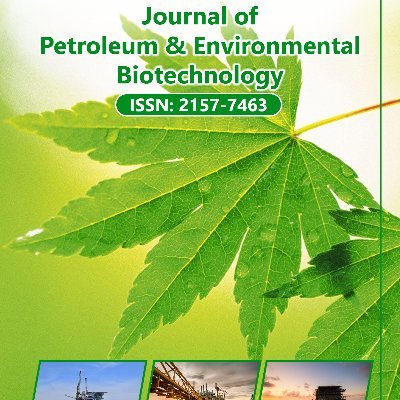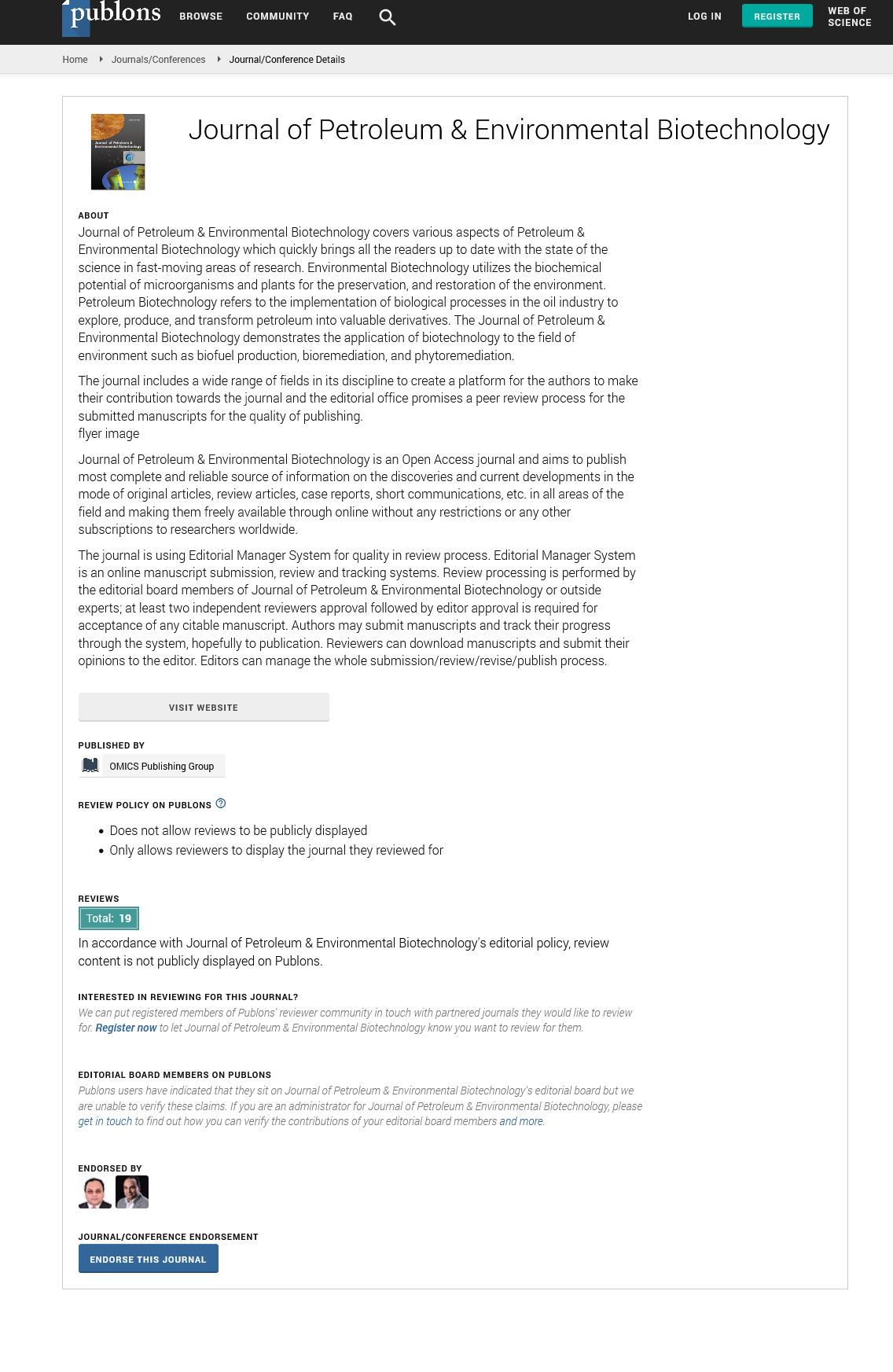Indexed In
- Open J Gate
- Genamics JournalSeek
- JournalTOCs
- China National Knowledge Infrastructure (CNKI)
- Electronic Journals Library
- RefSeek
- Hamdard University
- EBSCO A-Z
- OCLC- WorldCat
- SWB online catalog
- Virtual Library of Biology (vifabio)
- Publons
- MIAR
- Euro Pub
- Google Scholar
Useful Links
Share This Page
Journal Flyer

Open Access Journals
- Agri and Aquaculture
- Biochemistry
- Bioinformatics & Systems Biology
- Business & Management
- Chemistry
- Clinical Sciences
- Engineering
- Food & Nutrition
- General Science
- Genetics & Molecular Biology
- Immunology & Microbiology
- Medical Sciences
- Neuroscience & Psychology
- Nursing & Health Care
- Pharmaceutical Sciences
Visualization of Organic Coating on Bitumen Froth Fine Solids by PeakForce QNM-AFM Adhesion Mapping
5th World Congress on Petrochemistry and Chemical Engineering
December 05-07, 2016 Phoenix, USA
Qiang Chen, Murray R. Gray, and Qi Liu
University of Alberta, Canada
Scientific Tracks Abstracts: J Pet Environ Biotechnol
Abstract:
The fine mineral solids in Alberta oil sands are associated with a significant amount of organic matter. These organically-modified solids cause serious problems such as hindering bitumen aeration and stabilizing water-in-oil emulsions. The study of these organic coating on the fine solids has been elusive due to the nanometer length scale and the unsuitability of sampling in high vacuum sample chambers. In this study, we apply PeakForce Quantitative Nanomechanical Mapping (QNM) Atomic Force Microscopy (AFM) for the first time to study the organic coating on the fine solids extracted from bitumen froth. By PeakForce QNM AFM topographic imaging and adhesion force mapping, the mineral and organic components in the fine solids were distinguished due to their variations in shapes and mechanical properties. The organic coating on the clay minerals was clearly visualized on the adhesion maps, showing a patchy-distributed structure. Its surface coverage and average adsorbed layer thickness on the clay basal faces were 17 ± 6% and 1.4 nm, respectively. The organic matter associated with the bitumen froth fine solids, which cannot be washed off by toluene, was softer than the asphaltene fraction of oil sands bitumen. Keywords: Organic coating; Adhesion force; Atomic force microscopy; Clay mineral
Biography :
Qiang Chen is a PhD student in Chemical Engineering at University of Alberta. He has completed his Master and Bachelor in China University of Petroleum.
Email: qiang3@ualberta.ca

